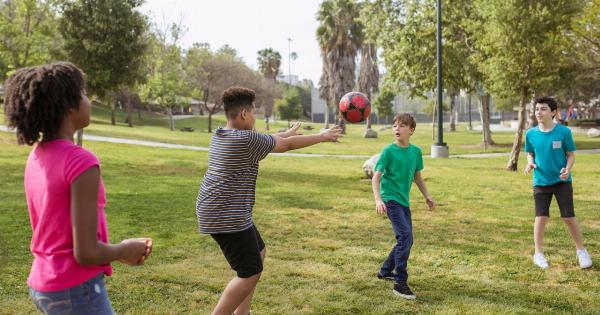In today’s society, the topic of teenage sexuality is often surrounded by controversy and debate.
Many parents and educators alike are concerned about the sexual behaviors of teenagers and the potential consequences that may arise from early sexual activity. In order to gain a better understanding of the current state of teenage sexuality, it is important to examine the data and statistics available on this subject.
Sex Education and Knowledge
One of the factors that contribute to the sexual behavior of teenagers is their level of knowledge and education about sex.
Studies have shown that comprehensive sex education programs, which provide information about contraception, STIs, and healthy relationships, can significantly reduce the rate of teenage pregnancies and sexually transmitted infections. However, not all schools provide comprehensive sex education, and this lack of education can lead to risky sexual behaviors.
Trends in Teen Sexual Activity
Over the years, there have been shifts in the prevalence of teenage sexual activity.
According to the Centers for Disease Control and Prevention (CDC), the percentage of high school students who have ever had sex decreased from 47.8% in 2007 to 39.5% in 2019. This suggests that there has been a decline in sexual activity among teenagers in recent years.
Factors Influencing Teen Sexual Activity
There are several factors that can influence the likelihood of teenagers engaging in sexual activity. Peer pressure, media influence, access to contraception, and cultural norms all play a role in shaping the sexual behaviors of teenagers.
Additionally, personal factors such as self-esteem, body image, and emotional well-being can also impact a teenager’s decision to engage in sexual activity.
Consequences of Teenage Sexual Activity
While some teenagers may engage in sexual activity responsibly and with proper protection, there are still potential consequences to consider.
Unintended pregnancies, STIs, emotional trauma, and negative social consequences can all arise from early sexual activity. It is important for teenagers to understand the potential risks and take appropriate measures to protect themselves.
Gaps in Research
Despite the available data on teenage sexual activity, there are still gaps in our understanding of the topic. Research often focuses on heterosexual sexual activity and fails to adequately address the experiences of LGBTQ+ teenagers.
Additionally, there is a lack of comprehensive and up-to-date data on the sexual behaviors of teenagers from different cultural and socioeconomic backgrounds.
Solutions and Recommendations
Addressing the issue of teenage sexual activity requires a comprehensive approach that involves parents, schools, healthcare providers, and the community as a whole.
Encouraging open communication about sex, providing comprehensive sex education in schools, promoting access to contraception and reproductive healthcare services, and creating supportive environments for teenagers are all important steps in reducing risky sexual behaviors among teenagers.
The Role of Technology
In the digital age, technology plays a significant role in shaping the sexual behaviors of teenagers. Sexting, online pornography, and social media platforms can all influence teenagers’ attitudes towards sex and relationships.
It is crucial for parents and educators to navigate the digital landscape with teenagers and provide guidance on responsible technology use.
Conclusion
Understanding the prevalence and factors influencing teenage sexual activity is crucial in developing effective strategies to promote healthy sexual behaviors among teenagers.
By providing comprehensive sex education, addressing gaps in research, and involving various stakeholders in the conversation, we can work towards creating a safer and more informed environment for teenagers to navigate their sexual experiences.































